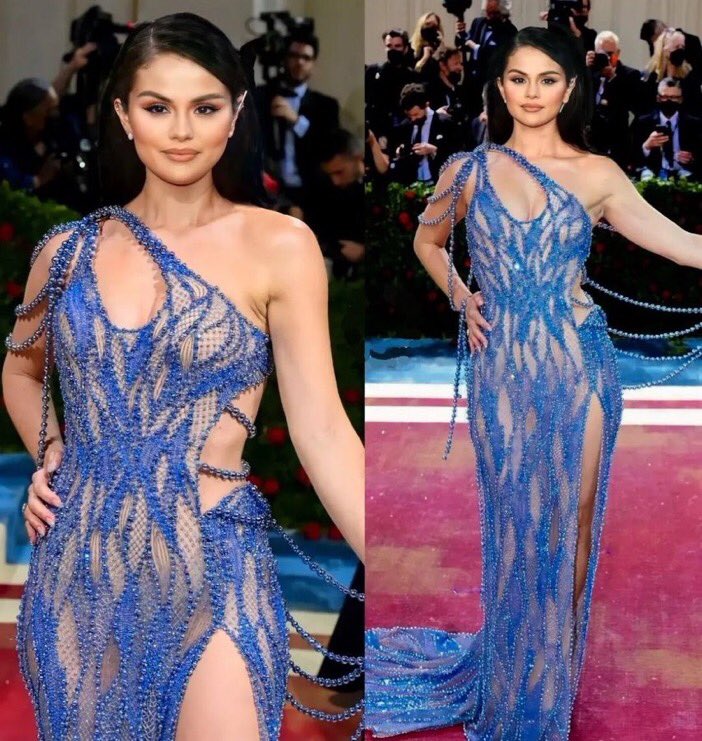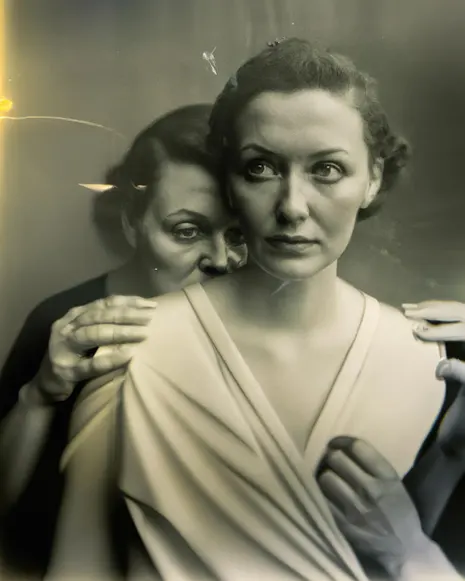AI Image Gallery
Only One Image on This Page is Real
The ethical use of AI-generated images in the context of photojournalism raises important considerations regarding truth, transparency, and the preservation of journalistic integrity. While AI technology enables the creation of incredibly realistic and convincing visual content, it also presents risks such as the potential for manipulated or fabricated images to deceive the audience. Consequently, photojournalists must adhere to a strict code of ethics, ensuring that AI-generated images are clearly labeled as such and employed responsibly, without compromising the accuracy and authenticity that underpin the trust between journalists and the public they serve. It is essential to strike a balance between leveraging AI’s capabilities for enhancing storytelling and maintaining the core principles of journalistic ethics to uphold the credibility and reliability of visual journalism in the digital era.
The Image Below is Real
“The picture below is real, but users on the Internet were convinced it was AI-generated”.Tweet from Giada Pistilli @GiadaPistilli
Principal Ethicist @HuggingFace Ph.D. Candidate in Philosophy @Sorbonne_Univ_
Reuters / Thursday, April 13, 2023
French gendarmes and CRS riot police stand in position in front of the Constitutional Council (Conseil Constitutionnel) during a demonstration as part of the 12th day of nationwide strikes and protests against French government’s pension reform, in Paris, France, April 13, 2023. REUTERS/Stephane Mahe
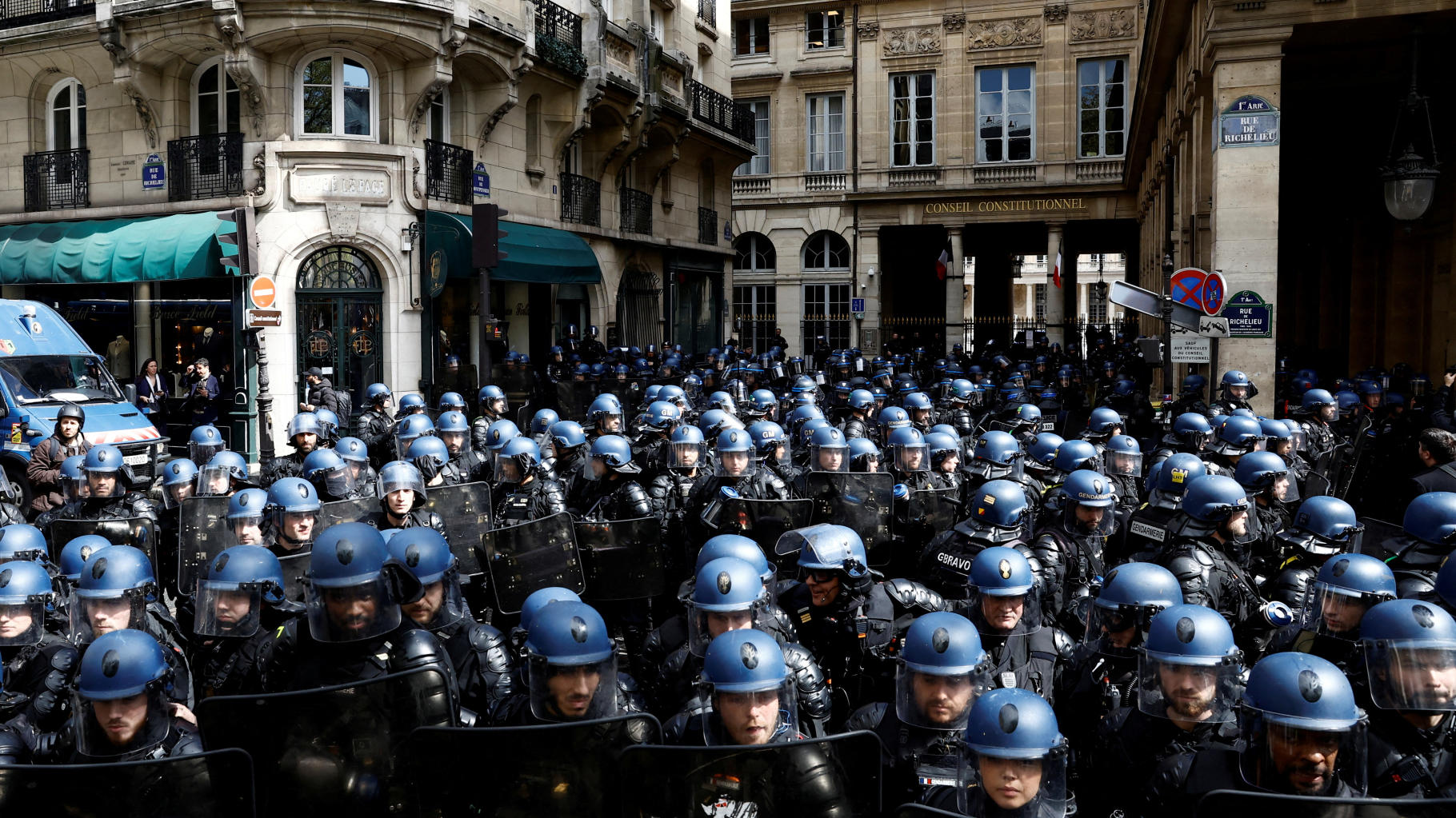
Exhibit AI: The Refugee Account
In early April Maurice Blackburn Lawyers announced Exhibit AI: The Refugee Account, a ‘photo-journalistic visual account of life in offshore detention’ based on the accounts of 32 asylum seekers; and respected US National Geographic photographer, Michael Christopher Brown, launched 90 Miles, a commercial NFT project he describes as a ‘post-photography, A.I. reportage illustration experiment’ showing Cuban migrants fleeing the country.
Exhibit AI’s creators fed portions of the asylum seeker witness statements, previously collected by Maurice Blackburn Lawyers for a now-discontinued lawsuit against the Australian Government, into the Midjourney AI image generator.
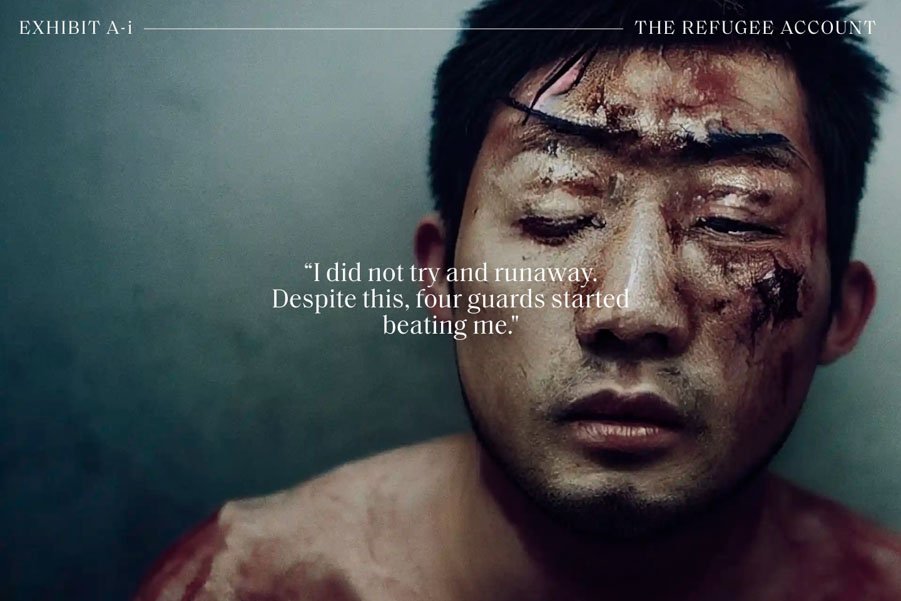
Amnesty International recently used AI-generated images to depict police brutality
Amnesty International recently used AI-generated images to depict police brutality in Colombia to mark the two-year anniversary of the protests. The human rights NGO initially defended the use of the images. However, after much criticism, have since taken them down.
Amnesty’s Norway regional account posted three AI-generated images on their Twitter feed. The tweet was to acknowledge the two-year anniversary of a major protest in Colombia where police brutalized protestors and committed “grave human rights violations.”
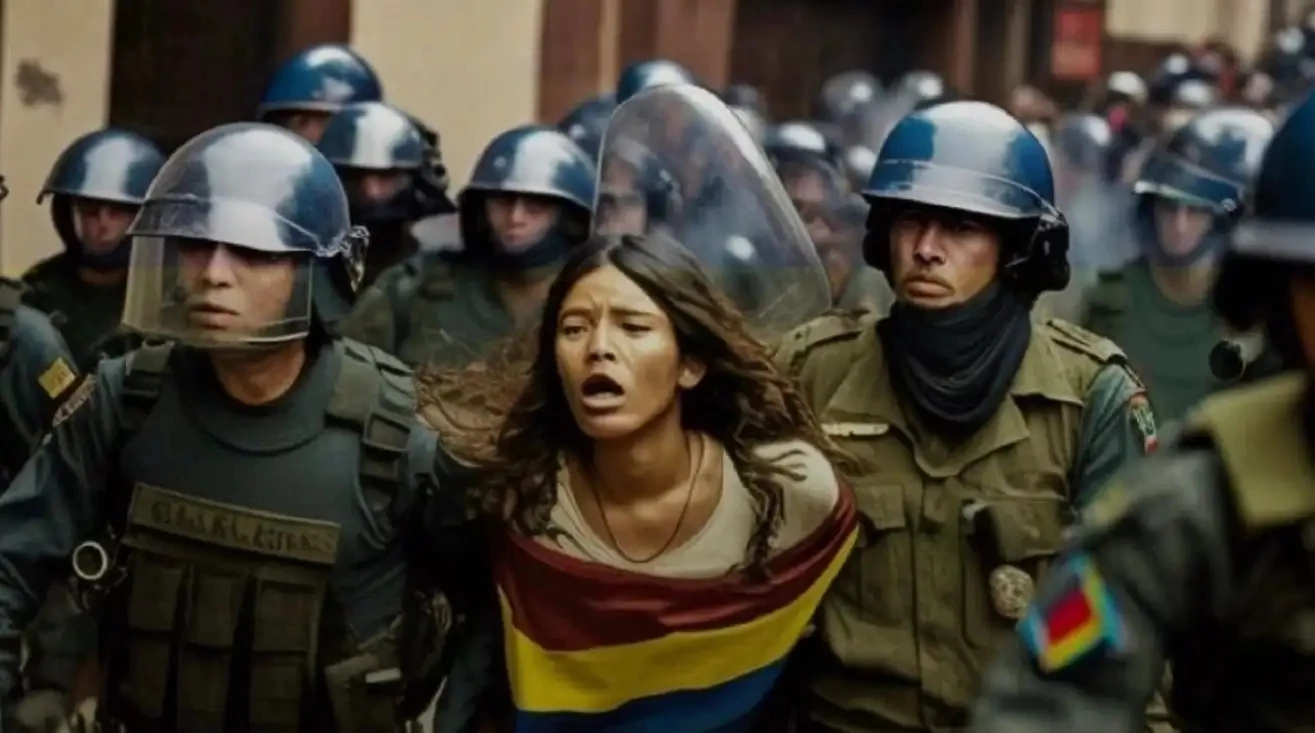
Fake Images of Donald Trump on Twitter
A closer look shows some obvious giveaways that something isn’t quite right. Look at the centre of the image. Mr Trump’s arm is much too short, and the police officer on the left is grabbing something that more resembles a claw than a human hand. Similarly, if you focus on Mr Trump’s neck, you’ll notice that his head looks as if it’s been superimposed on the image.

The Pope in a Balenciaga Puffer Coat
A photo of Pope Francis looking dapper in a white puffer jacket went mega-viral on social media. The 86-year-old sitting pontiff, it appeared, has some serious drip. But there was just one problem: The image is not real. It was made using the AI art tool Midjourney. Pablo Xavier, a 31-year-old construction worker from the Chicago area claimd credit.
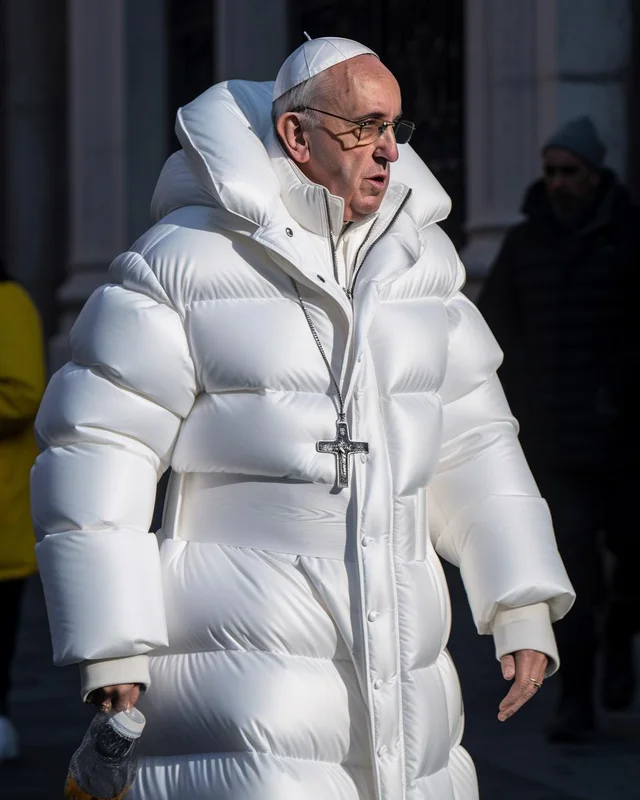
AI as Post Photography
Photographer Embraces the Alien Logic of A.I.
Charlie Engman’s experiments with Midjourney have yielded fleshy distortions, peculiar make-out sessions, and unfamiliar pictures of his mother.
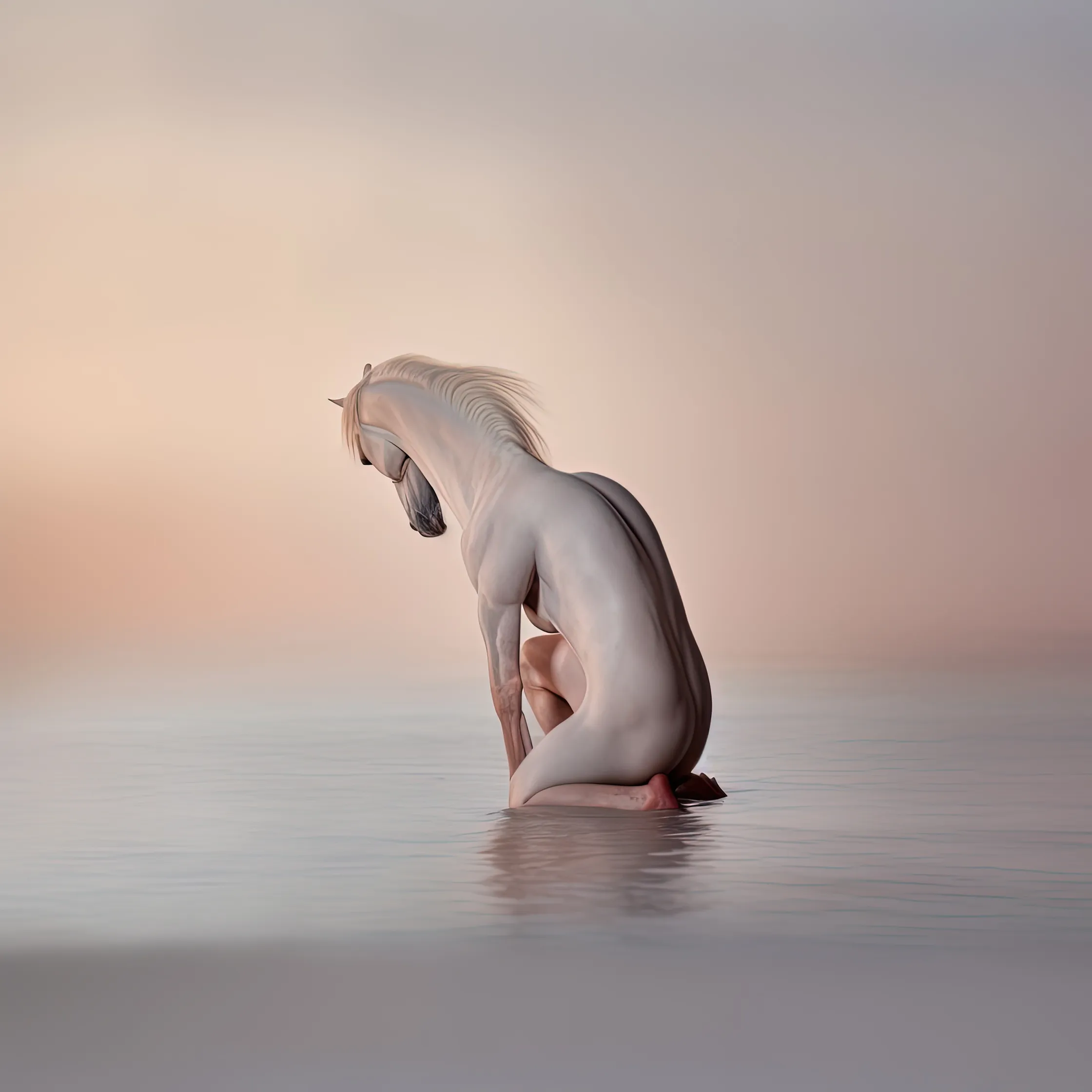
Formerly Known as Prince
Musk Gender Fluid
Selena Gomez at The Met Gala
AI images as witty illustration or to make cultural references. All are fake. Selena Gomez did not attend the Met Gala.


